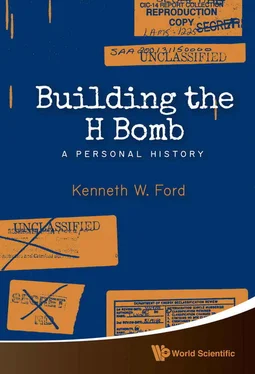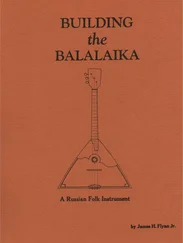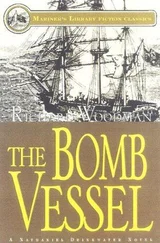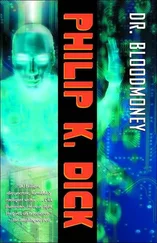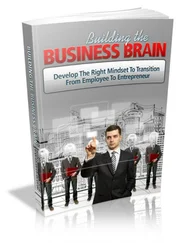John and Janette decided on a short vacation before he left. They climbed into their Renault Quatre Chevaux (a step up from the then-popular Deux Chevaux) and drove to northern Italy, with a stop in Nice to meet a remarkable young man from Los Alamos, Frederic (Freddie) de Hoffmann. De Hoffmann, born in Vienna, was twenty-five at the time and already in possession of a Harvard Ph.D. in physics. He was then the chief scientific assistant to Edward Teller [21]and had no doubt been dispatched by Teller to brief Wheeler on the state of research on the Super. (It was in keeping with Freddie’s panache that he arranged for the meeting to take place in Nice’s Hotel Negresco, which he described as his favorite hotel in the south of France. {25} ) When Carson Mark learned for the first time of this meeting during my interview with him in 1995, he was at first dismissive of de Hoffmann, saying that he “ran errands for Edward right from the beginning [of his work at Los Alamos].” Then Mark, becoming more animated, said: “[Y]ou say they met in Nice for a briefing, which was certainly a violation of security regulations. For one thing, he [Wheeler] shouldn’t have been told about it at that stage; for another thing he [de Hoffmann] shouldn’t have talked to him in any of the facilities available to them in Nice. He should have been discussing things like this only inside a controlled area. And only to a person whose clearance for the subject he was certain, which couldn’t have happened.” {26} But things were a bit looser in those days, and Freddie no doubt told Wheeler enough to reaffirm Wheeler’s interest in joining the project.
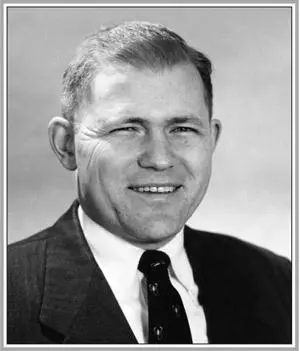
John Toll, c. 1955.
Photograph by Al Danegger, courtesy of AIP Emilio Segrè Visual Archives, Physics Today Collection.
En route from Paris to Los Alamos, Wheeler stopped in Princeton, probably in late February 1950, where, he wrote later, “I found something I had never experienced before: dissonance with my colleagues.” {27} It was a difficult period for the country, and a difficult period for scientists, who became divided over questions of weapons work, of loyalty, and of anticommunism.
Wheeler came again to Princeton in early April, after collecting his family upon their arrival by ship in New York from France. {28} I took advantage of his presence in Princeton then to pop the question: Would he be willing to guide my doctoral dissertation work? “Yes, certainly,” was his answer, “but you should know [I paraphrase] that I will be away from Princeton for at least a year to work in Los Alamos on the hydrogen bomb.” He went on to say that he would be pleased if I decided to join him there, as his student John Toll already planned to do. He made clear that if I came, I would be expected to work at the lab on the H bomb project but that I would probably find some time for pure research as well—a division of effort that he himself planned to embrace. [22]
In modern parlance, Wheeler gave me a soft sell. The hard sell came a few weeks later—in late April or early May—when Teller came to town. It was my first exposure to Teller’s bushy eyebrows and persuasive powers. On a lovely spring day we sat together on the steps of Fuld Hall at the Institute for Advanced Study and he explained to me the urgency of the project and the reasons that I should join it. I told him, as I had told Wheeler earlier, that I would think about it.
I consulted with a few friends and with Allen Shenstone, the physics department chair, but not with my parents, for I knew that they would endorse whatever I decided. Shenstone opposed my taking a leave of absence—not, he said, because of aversion to weapons work but because he feared that I might never come back and complete my graduate studies. He knew of other cases, he told me, in which a graduate student on leave became absorbed in new activity and never returned to earn a Ph.D. I was not moved by that argument because I felt certain that I would indeed return and finish my graduate studies (as I did). Separately, Shenstone had let Wheeler know that he opposed Wheeler’s own plan. Wheeler’s research and his teaching duties, Shenstone argued, were simply more important than pursuit of a new weapon. {29}
At the time politics, like professional sports, were outside the range of my interests. Yet I had a general feeling that it would be a good thing if teams from Boston won their games and if the United States acquired an H bomb before the Soviet Union did. I thought of the United States as a moral nation that could be trusted with weapons of nearly unlimited destructive power, and the Soviet Union as a nation that could not be trusted. So, despite my naiveté and my disconnect from world affairs, I made a decision based on essentially the same arguments that led President Truman to make his decision.
There were other factors that led me to head for Los Alamos. I was drawn to new challenges and thought that working on the H bomb would be “fun.” And the idea of close daily contact with John Wheeler, whom I so much admired, was appealing. As it turned out, working on the bomb was fun, and working closely with Wheeler was rewarding (leading to a lifetime friendship that went beyond student-professor).
I let Wheeler know that I would show up in Los Alamos in late June. At once wheels started turning that resulted, surprisingly quickly, in a formal job offer and the granting of security clearance. In the meantime, there was a qualifying exam to be taken and there were cars to be acquired and disposed of.
Chapter 4
The Scientists, the Officials, and the President
On October 28–30, 1949, just five weeks after President Truman’s announcement of the Soviet atomic bomb test, the General Advisory Committee of the Atomic Energy Commission met in Washington, in part to address the question of whether to “pursue with high priority the development of the super bomb.” {1} It is difficult to imagine a committee containing a higher percentage of distinguished physical scientists and scientists with links to the Manhattan Project than this one, [23]yet, as it turned out, the recommendations the committee reached after more than two days of intense discussion had no discernable effect on the prosecution of weapons design work.
After a full weekend that began with a Friday evening session, the committee’s report was in three sections: a main report, a majority annex, and a minority annex. {3} All three sections recommended against giving priority to the development of a super bomb. The main report states: “We all hope that by one means or another, the development of these weapons can be avoided. We are all reluctant to see the United States take the initiative in precipitating this development. We are all agreed that it would be wrong at the present moment to commit ourselves to an all-out effort toward its development.” At the same time, the main report cites, as the principal reason for its negative recommendation, “the technical nature of the super and of the work necessary to establish it as a weapon,” and offers the opinion that “an imaginative and concerted attack on the problem has a better than even chance of producing the weapon within five years.” It is not so surprising, then, that twenty months later (in June 1951), after the likely success of the Teller-Ulam idea was established, the General Advisory Committee reversed itself and showed enthusiasm for the rapid development of the H bomb. {4} The first thermonuclear explosion took place three years, almost to the day, after the October 1949 report.
Читать дальше
